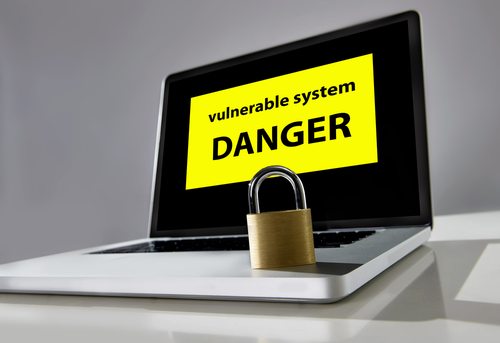Intel processors are vulnerable to a new attack that can leak data from the CPU’s internal memory — also known as the cache.
The attack, described as “Snoop-assisted L1 Data Sampling,” or just “Snoop” (CVE-2020-0550), has been discovered by Pawel Wieczorkiewicz, a software engineer at Amazon Web Services (AWS). At the technical level, the new Snoop attack takes advantage of CPU mechanisms like multiple cache levels, cache coherence, and bus snooping.
A list of Intel processors, which includes Intel series like Core and Xeon CPUs,that are vulnerable to Snoop attacks is available here.
The opinions expressed in this post belongs to the individual contributors and do not necessarily reflect the views of Information Security Buzz.



